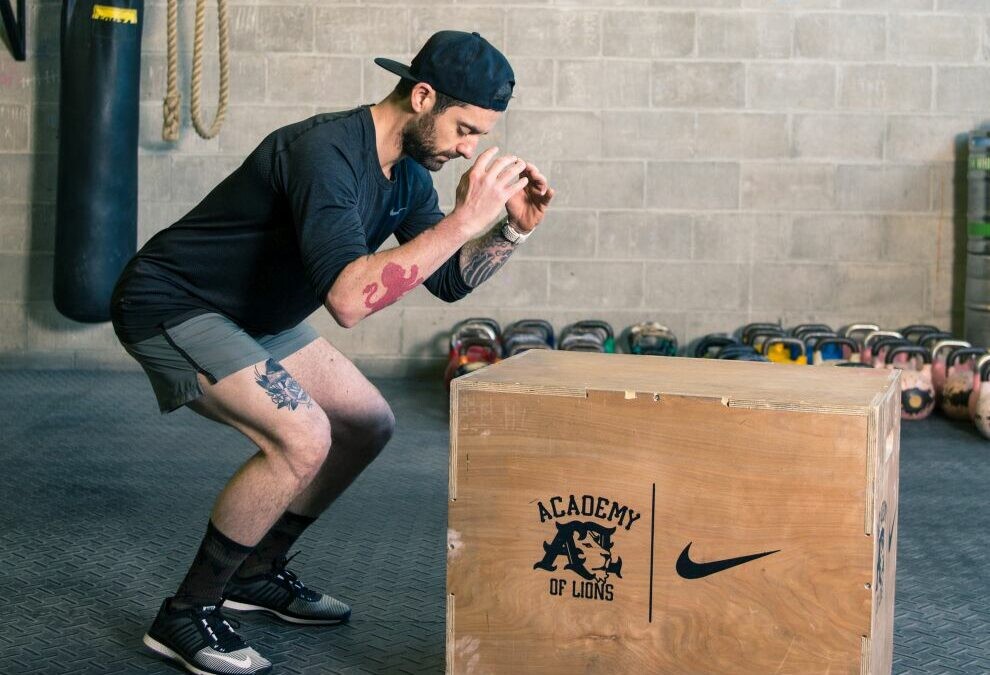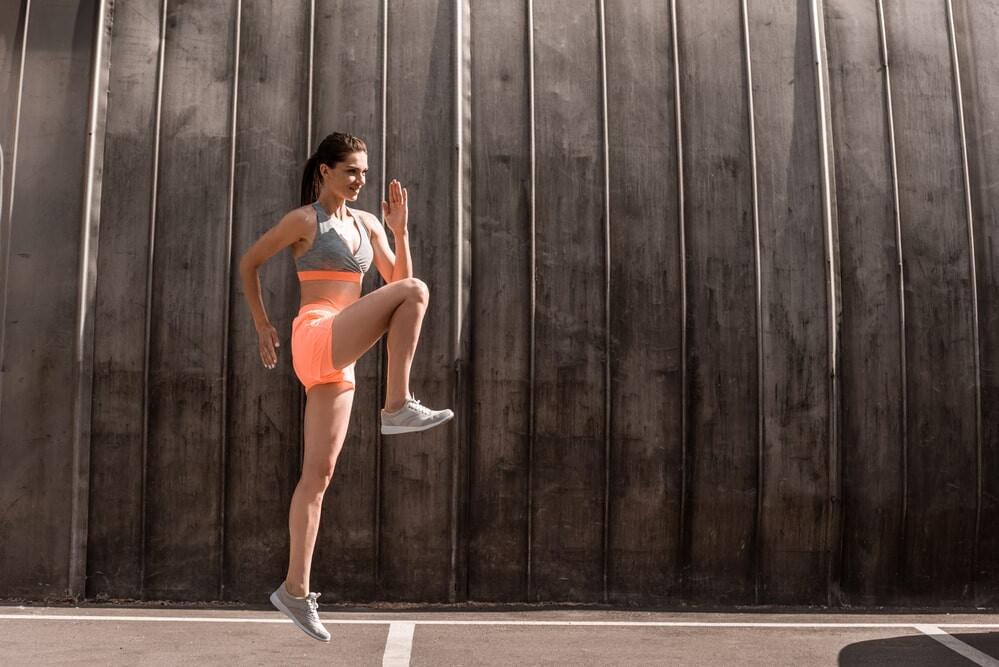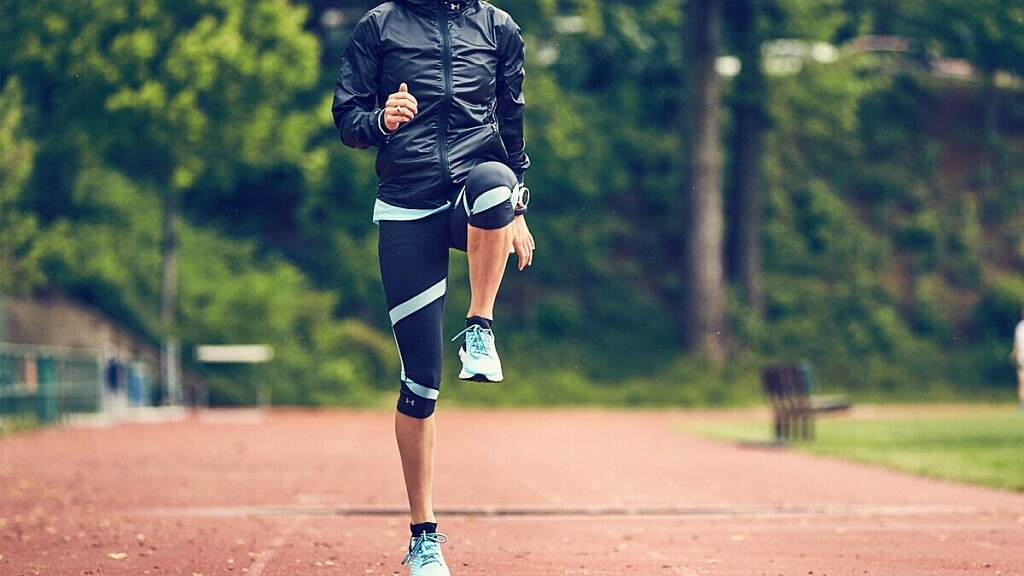Running News Daily
Running News Daily is edited by Bob Anderson. Send your news items to bob@mybestruns.com Advertising opportunities available. Train the Kenyan Way at KATA Kenya and Portugal owned and operated by Bob Anderson. Be sure to catch our movie A Long Run the movie KATA Running Camps and KATA Potato Farms - 31 now open in Kenya! https://kata.ke/
Index to Daily Posts · Sign Up For Updates · Run The World Feed
Add plyometrics to your warmup for increased power and strength
Plyometrics, a.k.a jump training, involves quick, explosive jumping movements that help build muscle strength. With the aim of having minimal contact time with the ground, plyometrics help runners train their fast-twitch muscles to respond more quickly.
Adding plyometric movements to the end of your warmup (after you have run easy for 10 minutes) is a great way to prepare your body for the most efficient and effective training session possible.
A-skips and B-skips

Skipping drills activate the calf muscles, quads and core, improving co-ordination and balance while warming up the muscles.
A-skips:

Begin standing tall with your arms at your side.
Skip forward while focusing on driving one knee upward as high as possible while keeping the opposite leg extended. When one knee is at its highest point, push off the toes of the other foot.
Swing your opposite arm forward to chest height as the knee rises, and alternate arms legs and arms.
B-skips:
As you lift one knee, flex the hip and knee to a 90-degree angle. When your knee reaches its highest point, extend your leg in front of you, then pull it back down quickly before the next step.
Co-ordinate this motion with the opposite arm, swinging it to your chest as your knee comes up. The entire process should look like skipping with added leg extension and flexion.
Box jumps or vertical jumps
These exercises can improve running speed and efficiency by enhancing lower body strength and power. You will need a sturdy box or platform.
Stand facing the box, with your feet shoulder-width apart, and keep a slight bend in your knees.
Bend your knees and hips, exploding upward with maximum effort, and swinging your arms forward for momentum. Land on the box with both feet, keeping your knees slightly bent to absorb the impact.
Carefully step or jump back down to the starting position.
Bounding
Bounding involves exaggerated running strides with an explosive push-off. It activates the hip flexors, glutes, and hamstrings, improving your running stride and power.
Stand upright with good posture, and keep your feet hip-width apart.
Take a large, exaggerated stride forward with one leg, and as you push off with your back leg, engage your core and swing your arms for momentum.
After landing on the front foot, immediately transition into another bound with the opposite leg.
If you’re new to plyometrics, it’s important to start with low-intensity exercises and gradually increase intensity and volume. Because of the potential risk for injury, consider consulting a trainer or coach to make sure you are using proper form and technique.
by Keeley Milne
Login to leave a comment




